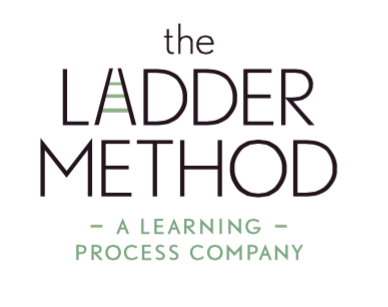
ISEE Test
Preparation Programs

Our ISEE Test Prep
Strategy & Approach
Diagnostic Test
Every student needs a starting point.
We always begin our ISEE journey with a diagnostic test to establish what content must be refreshed. It’s not about everyone else.
It’s about your child and your family’s goals.
Practice
Learn the exams through practice.
Practice, practice, and more practice. That is how our students strengthen their abilities and their knowledge of the exams for test day.
Refresh
These tests ultimately “test” knowledge.
The information is not based on tricks or information they can’t prepare for. Our students learn the information. So much of what is tested on the Middle and Upper-Level ISEE is well above grade level.
It’s important to understand that going in.
Mindset
Believing in yourself is the other key.
The mythology of these exams is often more intimidating than the actual test. We use our founder’s mindset techniques for performance even with our youngest students.
Strategy
Strategy is only a fifth of the battle.
It all begins with knowledge and then we go from there. But, without prior knowledge, strategy is useless.
Once our students have refreshed the content, we can work on timing and individual strategies to boost their scores.
Appointment Options
One-on-one Coaching (Signature Program)
Our Signature ISEE testing preparation program is 1-on-1 private instruction that follows our specific curriculum and proprietary books. You can select either an in-home or virtual instructor.
Workshops (Small Group Format)
Some of our families inquire about group formats for the ISEE. We do offer private group tutoring in groups of 2-5 students on the ISEE should the family want to independently arrange a private small group.

FAQs about the ISEE Private School Exam
We wanted to bring you our most frequently asked questions from our families on the ISEE.
What is the ISEE?
The ISEE is the most popular Independent School (private school) entrance exam in the country. It’s offered three times per year: Fall, Winter, and Spring. Students are permitted to take the test three times but only once per season. Many private schools require their applications to be completed by January which means that Spring/Summer (after the application deadline) is too late for the application. Be careful to check when your private school application is due when considering what test dates to sign up for.
Why take the ISEE?
If you are thinking about applying to a private school, the ISEE is the most heavily used entrance exam. It is important to contact the list of private schools you are thinking about applying to in order to determine which tests they accept: ISEE, HSPT, or SSAT. If you need assistance contacting private schools, or want more information about which private schools accept this exam, contact us directly at 310.684.2543.
What is on the ISEE?
The test is roughly 2 hours and 55 minutes. There are 5 sections in the following order: Verbal Reasoning, Quantitative Reasoning, Reading Comprehension, Math Achievement, and the Essay.
Please note that the essay is not graded. The schools you apply to however do review the essay and use it to gauge your student’s writing abilities.
Verbal Reasoning: This section focuses on knowledge of vocabulary, synonyms, and sentence completion.
Quantitative Reasoning: Math; numbers, algebra, geometry, statistics, and measurement. This section asks students to evaluate word problems as well as compare and equate two different math equations to find an answer.
Reading comprehension: This section tests your child’s ability to read effectively.
Math Achievement: Math; numbers, algebra, geometry, statistics, and measurement.
The Essay: This section includes a personal statement that asks students to comment on an area of their life.
When should your child start studying for the ISEE?
We recommend starting as soon as possible as the ISEE often tests math that is one or two levels above your student’s current grade level. What this means is that if your student is rising into 6th grade, the test includes 7th and 8th-grade math topics. And if your student is rising into 9th grade, it tests high school math.
What is the difference between the ISEE AND ERB?
The ERB tests how well their students are performing at grade level. Students in each year sit down to take a comprehensive exam that tests reading, grammar, vocabulary, and math. Scores are then sent after this week of exams to the parent’s house to indicate how well the student has learned the topics at grade level. The ISEE is much more difficult in that it tests well above grade level often asking 6th graders to solve 7th and 8th-grade math.




